Extended Reality (XR) in Construction: Transforming Design, Building, and Operation
Make it Human
Extended Reality (XR) in Construction: Transforming Design, Building, and Operation
Series: Make It Human - XR-02
Article: 04/25
Introduction
The construction industry, long characterized by traditional methods, is undergoing a significant transformation driven by technological advancements. Extended Reality (XR) technologies are poised to redefine every stage of the construction lifecycle. XR, an umbrella term encompassing Virtual Reality (VR), Augmented Reality (AR), and Mixed Reality (MR), blends the physical and digital worlds to create immersive and interactive experiences. From initial design conceptualization to the intricacies of on-site construction, the complexities of end-of-life processes, and the ongoing demands of operation and maintenance, XR is emerging as a powerful tool for enhancing accuracy, fostering collaboration, bolstering safety, and improving overall efficiency. The increasing adoption of these immersive technologies across the Architecture, Engineering, and Construction (AEC) industry signals a fundamental shift towards a more digital and intuitive future. Companies at the forefront of XR technologies are revolutionizing workflows, reducing errors, and enhancing decision-making across the entire building lifecycle.
Case Studies Transforming the Construction Sector: Virtual Prototyping and Immersive Collaboration
The initial phases of any construction project, particularly design, are critical for setting the stage for success. XR technologies offer a paradigm shift in how designs are visualized and experienced. By enabling stakeholders to step into a full-scale, immersive 3D environment of the proposed building or infrastructure, XR overcomes the limitations of traditional 2D blueprints and static renderings that can often be challenging for non-technical audiences to interpret. This capability fosters a deeper understanding of spatial relationships, scale, and aesthetics, leading to more informed decision-making and reduced misunderstandings. The transformative power of XR extends beyond the design phase into the dynamic environment of the construction site itself. Augmented Reality, in particular, plays a crucial role in providing on-site workers with real-time guidance, enabling them to visualize digital information overlaid onto the physical construction environment. This capability enhances accuracy in installations, facilitates progress monitoring, and improves communication between on-site teams and remote experts. The adoption of XR in operation and maintenance offers numerous benefits. It improves efficiency and accuracy in maintenance tasks by providing real-time data and step-by-step instructions. Enhanced training for complex procedures can be delivered in a safe and virtual environment, leading to a more competent workforce.2 Remote assistance and collaboration capabilities allow for faster troubleshooting and resolution of complex repairs, reducing downtime.3 Predictive maintenance can be facilitated through the visualization and analysis of real-time data.1 Ultimately, these advantages contribute to reduced downtime, lower operational costs, and extended lifespans for buildings and infrastructure.
Unity – Custom XR Development for AEC Applications
Unity is a powerful real-time 3D development platform that enables architects, engineers, and construction professionals to create immersive XR applications tailored to their specific needs. With Unity, stakeholders can build VR walkthroughs, AR overlays, and MR simulations to visualize projects at full scale before construction begins. Its capabilities extend to lighting analysis, spatial awareness, and integration with BIM models, improving decision-making and reducing errors. By allowing teams to interact with a digital twin of their project, Unity enhances collaboration and accelerates design approvals, ultimately reducing costly modifications during later stages.
HoloBuilder – Real-Time Remote Construction Monitoring
HoloBuilder revolutionizes site monitoring by offering a 360-degree photo documentation platform powered by AI and AR. Site managers and stakeholders can track progress remotely, compare real-time conditions with design models, and streamline issue detection. The platform seamlessly integrates with Autodesk and Procore, enabling automatic updates and historical tracking. Construction teams benefit from enhanced transparency, reduced rework, and improved quality control. By bridging the gap between virtual and physical job sites, HoloBuilder ensures efficient project execution and helps maintain project timelines and budgets.
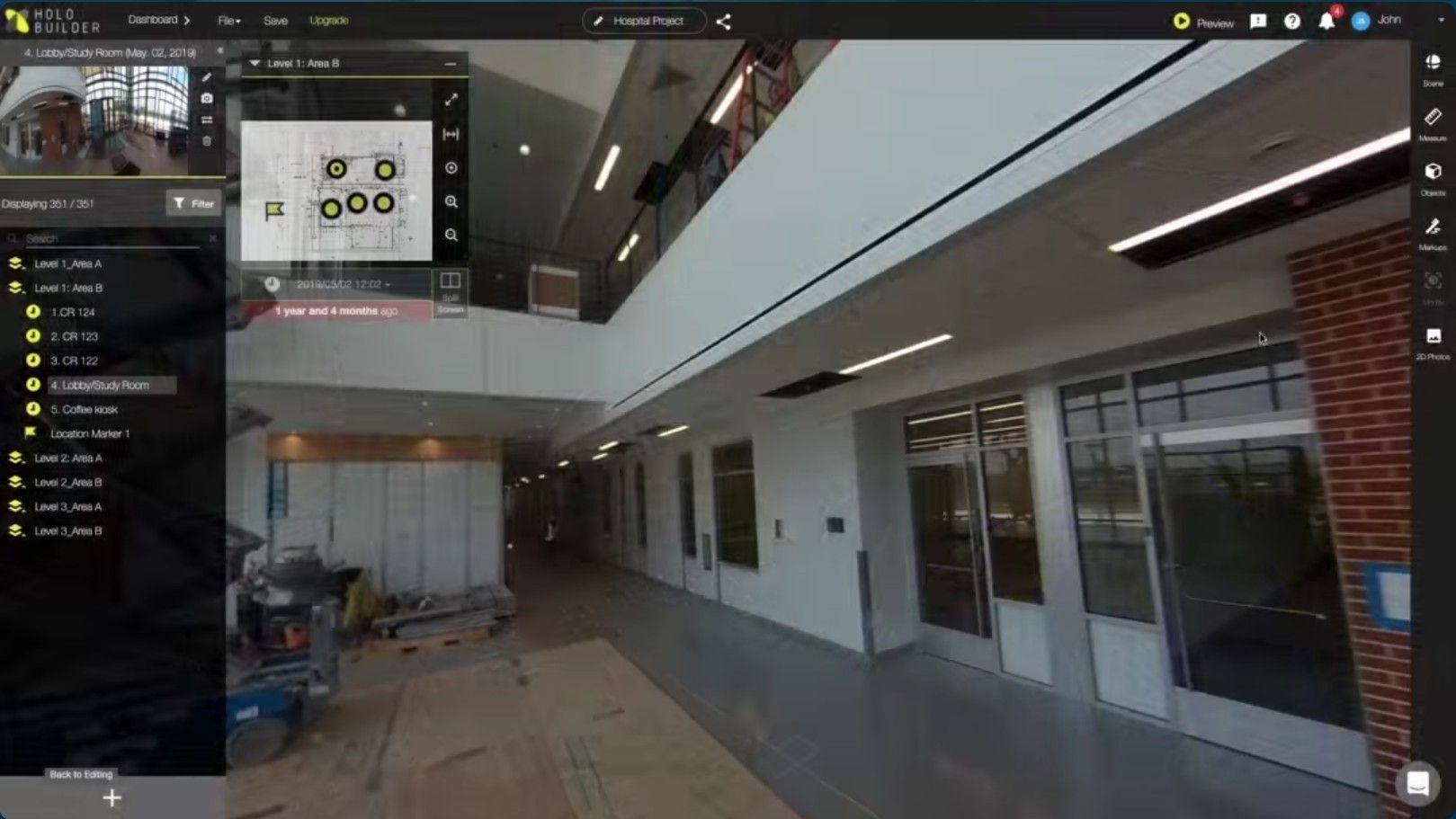
Fig. 1 - HoloBuilder XR platform (credits: HoloBuilder)
Gamma AR – Augmented Reality for Error Detection and Efficiency
Gamma AR allows construction teams to overlay digital models onto physical environments using mobile devices or AR headsets. This technology minimizes construction errors by ensuring that installations align with design specifications. Workers can visualize BIM data in real time, improving accuracy in component placement and detecting potential conflicts before they become costly problems. Gamma AR enhances communication between on-site teams and project managers, leading to a more streamlined workflow and fewer construction delays.
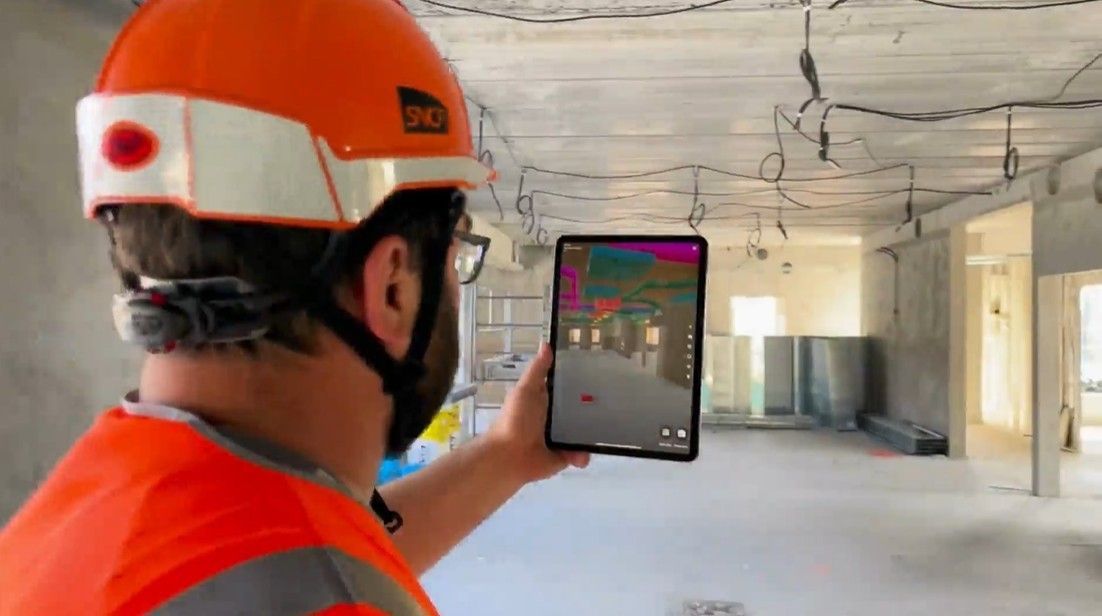
Fig. 2 - GAMMA AR solution for construction site (credit: GAMMA)
XYZ Reality – Engineering-Grade AR for Precision Construction
XYZ Reality introduces "Engineering-Grade AR," an advanced solution that projects highly precise digital blueprints onto construction sites in real-time. Unlike traditional AR tools, XYZ Reality’s system ensures sub-millimeter accuracy, eliminating costly misalignments and reducing rework. This technology enables contractors to construct directly from holographic plans, reducing dependency on 2D drawings. The result is enhanced efficiency, reduced material waste, and improved project predictability, setting new standards for precision in large-scale construction. XYZ Reality has numerous case studies demonstrating the impact of their Engineering Grade AR technology on construction sites, particularly for complex data center projects. Their platform enables significant error reduction, proactive clash detection, and improved installation accuracy by allowing workers to compare the digital BIM model with the physical environment in real-time. This has resulted in substantial time and cost savings by preventing rework and ensuring that installations are done right the first time. The technology's millimeter-level precision is especially valuable in intricate MEP (Mechanical, Electrical, and Plumbing) installations common in data centers.
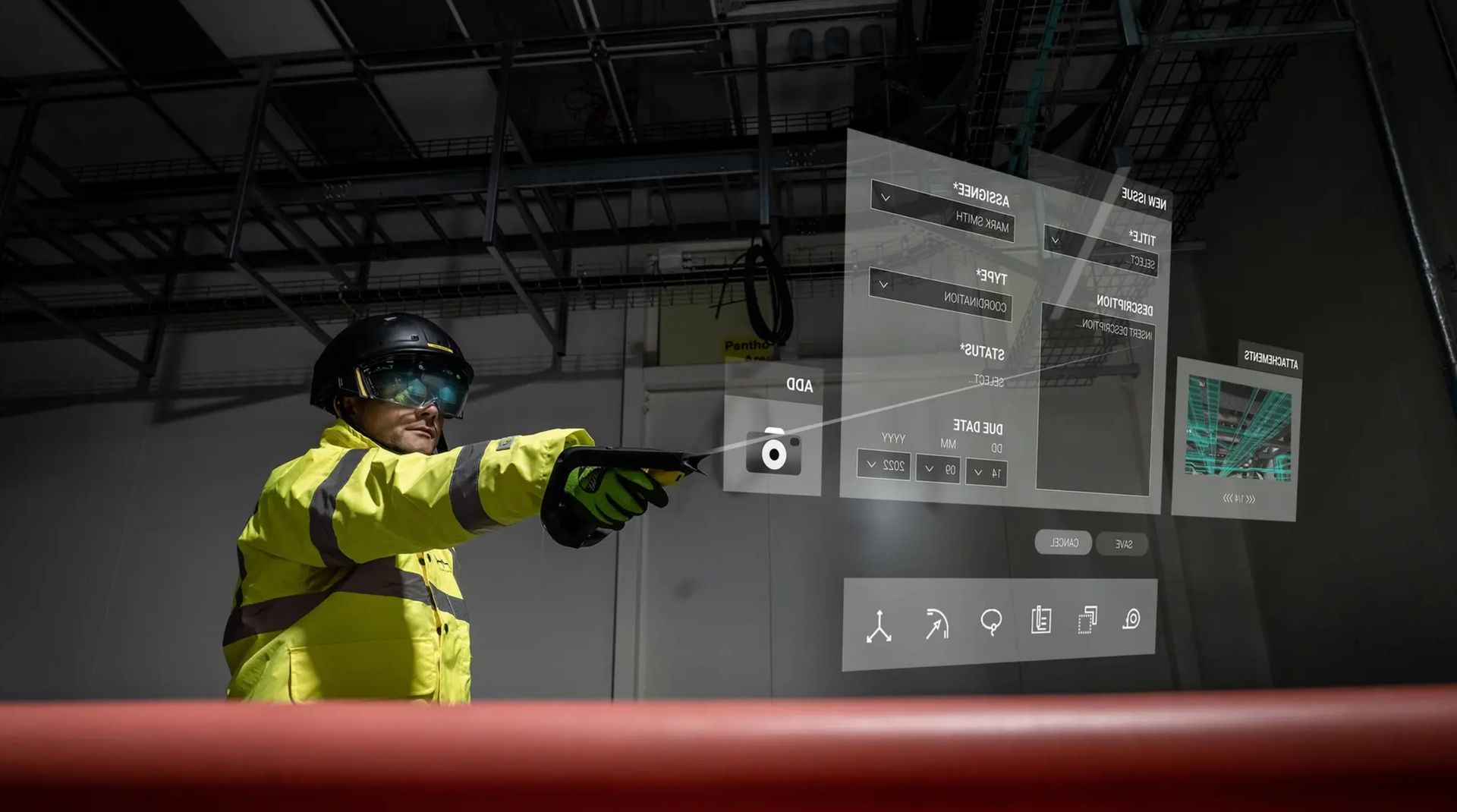
Fig. 3 - XYZ Platform (Credit: XYZ)
IMVIZAR – AR for Post-Construction Visualization and Asset Management
Imvizar utilizes AR to create historical reconstructions of buildings that have been demolished. By overlaying digital representations of these lost structures onto their former locations, Imvizar allows users to visualize and understand the architectural heritage that once existed. This application not only preserves historical memory but also offers an engaging and educational experience for the public. In the realm of demolition planning, studies have explored the use of VR for safety training, such as in the context of tower crane dismantling. VR provides a safe and immersive environment for workers to learn and practice complex and potentially hazardous procedures without any real-world risks. This type of training can significantly improve safety awareness and reduce the likelihood of accidents during the actual demolition process. Furthermore, VR has been investigated for its potential in inhabitant engagement during the renovation of historic urban districts, offering immersive experiences to visualize proposed design elements and gather feedback.
Inception – VR-Driven Immersive Training for Building Management
Inception provides an immersive VR platform that enables training for facility management and building operations. By simulating real-world scenarios, building managers and maintenance teams can practice handling emergencies, navigating complex building systems, and optimizing resource efficiency. The platform reduces learning curves, improves response times, and enhances operational readiness, ensuring that buildings are managed efficiently and sustainably throughout their lifecycle.
PROMETHEUS Project – Dynamic Building Envelopes with XR Integration
The benefits of XR extend well beyond the initial construction phases, offering significant advantages for the long-term operation and maintenance (O&M) of buildings and infrastructure. Augmented Reality can provide powerful tools for improving efficiency, accuracy, and safety in a wide range of O&M tasks. PROMETHEUS, a collaborative initiative between LEVERY and EXVERIENCE, focuses on integrating XR into dynamic building envelopes. This project enables facility managers to interact with real-time data on energy performance, shading adjustments, and smart façade operations through AR and MR applications. By leveraging XR, PROMETHEUS enhances user engagement with adaptive building technologies. Within the PROMETHUS project, XR technologies are being utilized to optimize the operation and maintenance of dynamic building envelope providing AR solutions that allow maintenance personnel to overlay digital information onto the physical façade systems, providing real-time guidance for on-site maintenance tasks, troubleshooting procedures, and access to relevant technical documentation. The synergy between EXVERIENCE's XR expertise in O&M and LEVERY's focused on building systems strongly suggests a strategic application of immersive technologies to enhance the lifecycle and performance of these sustainable construction solutions. This aligns perfectly with the broader trend of XR driving innovation and efficiency across all phases of the construction sector, including the critical aspect of ensuring the optimal operation and longevity of advanced building technologies.
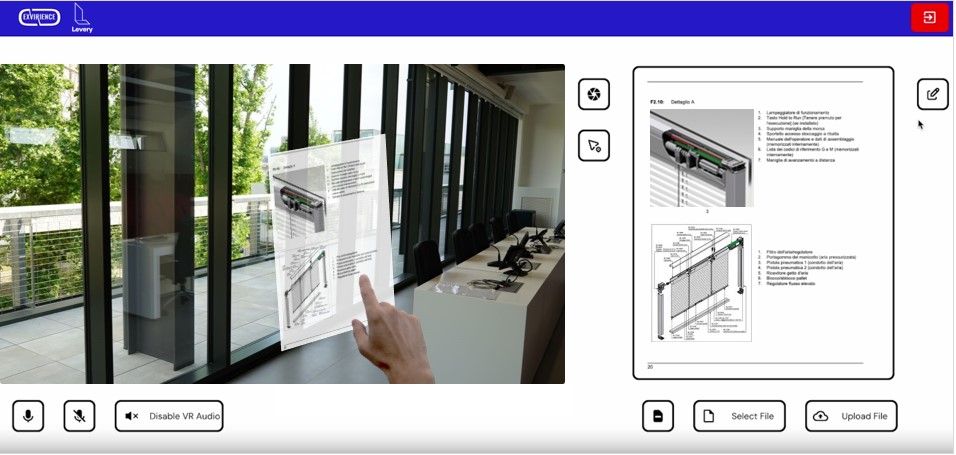
Fig. 4 - EXVIRIENCE + LEVERY platform for maintence
Conclusion: The Future of Construction is Immersive
The case studies explored throughout this report provide compelling evidence of the transformative power of XR technologies across the entire construction lifecycle. From revolutionizing the initial design phase with immersive visualizations and collaborative reviews to augmenting the construction stage with real-time guidance and progress tracking, and even extending into the realms of sustainable end-of-life practices and optimized operation and maintenance, XR is demonstrably improving efficiency, accuracy, safety, and collaboration within the construction sector. The shift from traditional, often cumbersome methods to intuitive, data-driven approaches facilitated by XR is not just a technological trend; it represents a fundamental evolution in how the built environment is conceived, created, and maintained. As hardware costs continue to decrease and software capabilities advance, the wider adoption of XR is inevitable, paving the way for a more immersive, efficient, and sustainable future for the construction industry, much like the ongoing integration of innovative technologies like BIPV is changing how our buildings interact with and contribute to the environment. As XR continues to evolve, its potential in the construction industry will expand, offering more immersive design experiences, precise construction methods, and intuitive operational tools. These technologies not only drive efficiency but also contribute to sustainability by reducing errors, optimizing resource usage, and enhancing the longevity of built environments. The integration of XR is no longer a futuristic vision – it is a present-day reality reshaping the way we design, build, and manage our spaces.
References
- Unity, "Real-Time Development Platform for Architecture and Construction," Available at: [https://unity.com/products]
- HoloBuilder, "360° Construction Progress Monitoring," Available at: [https://www.holobuilder.com/]
- Gamma AR, "Augmented Reality for Construction Efficiency," Available at: [https://gamma-ar.com/]
- XYZ Reality, "Engineering-Grade AR for Construction," Available at: [https://www.xyzreality.com/resources/what-is-engineering-grade-augmented-reality]
- IMVIZAR, "Augmented Reality for Facility Management," Available at: [https://www.imvizar.com/]
- Inception, "Virtual Reality for Building Training," Available at: [https://www.inceptionspinoff.com/]
- PROMETHEUS Project, LEVERY & EXVERIENCE, 2025
This communication activity is carried out within the PROMETHEUS project, funded by European Union. Views and opinions expressed are, however, those of the authors only and do not necessarily reflect those of the European Union or EISMA. Neither the European Union nor the granting authority can be held responsible for them.
CALL FOR ACTION
Start your XR journey today with Levery and transform your construction projects or your building products into energy-generating, future-ready buildings. Let’s work together to create buildings that benefit people, enviroment and economic.
Contact us now to discuss how we can help you integrate digital technologies into your next project and drive the shift toward a greener future.
N

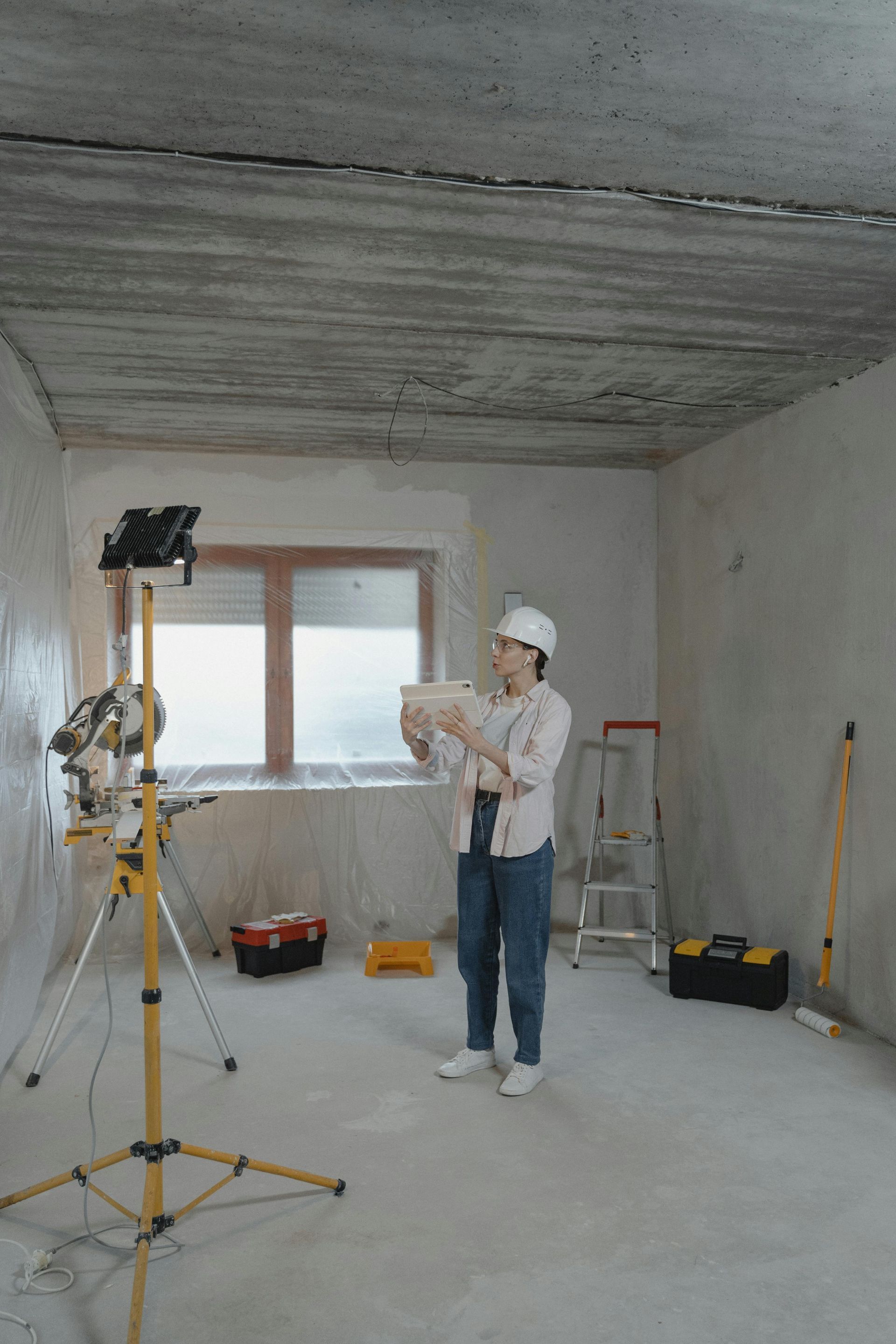
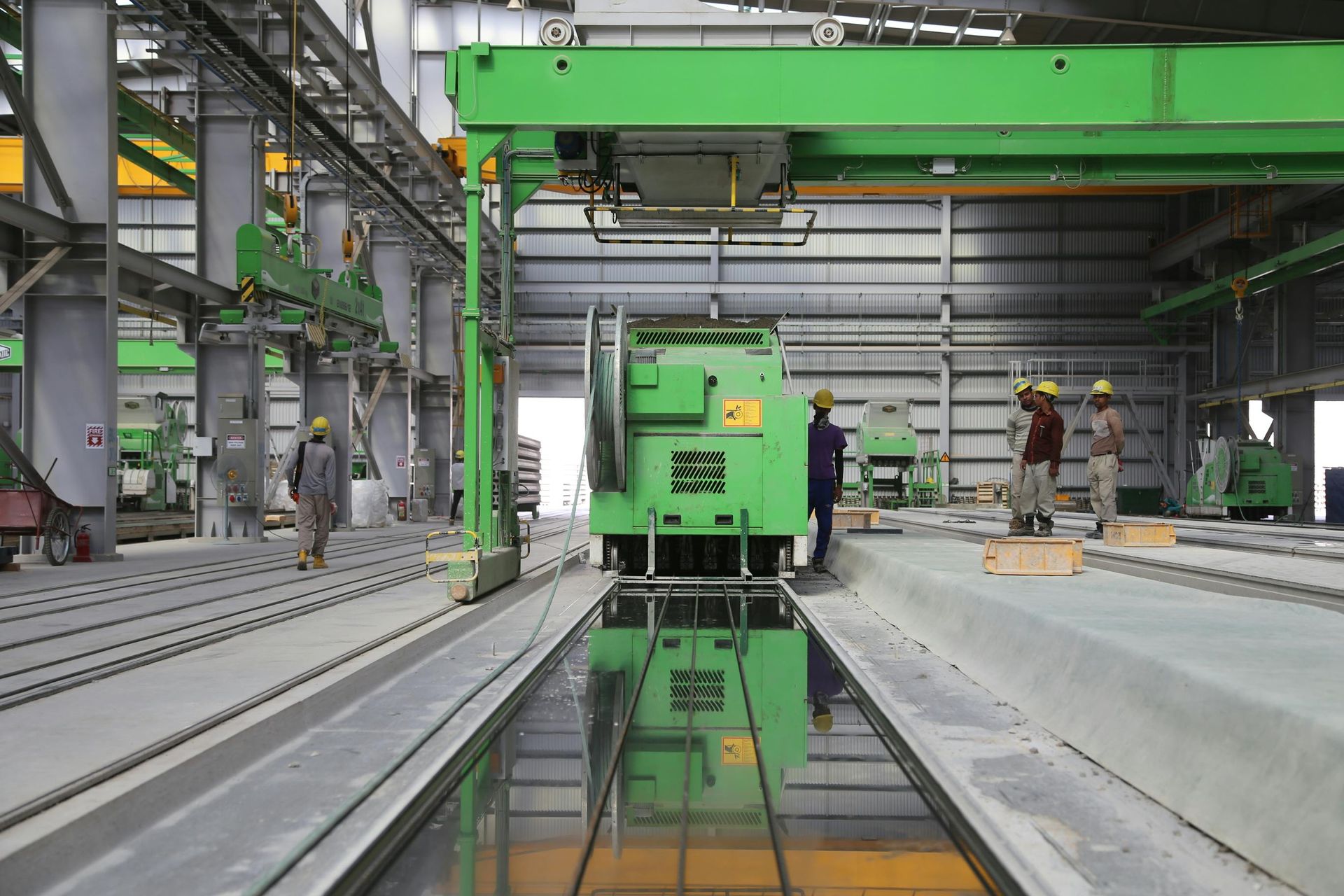
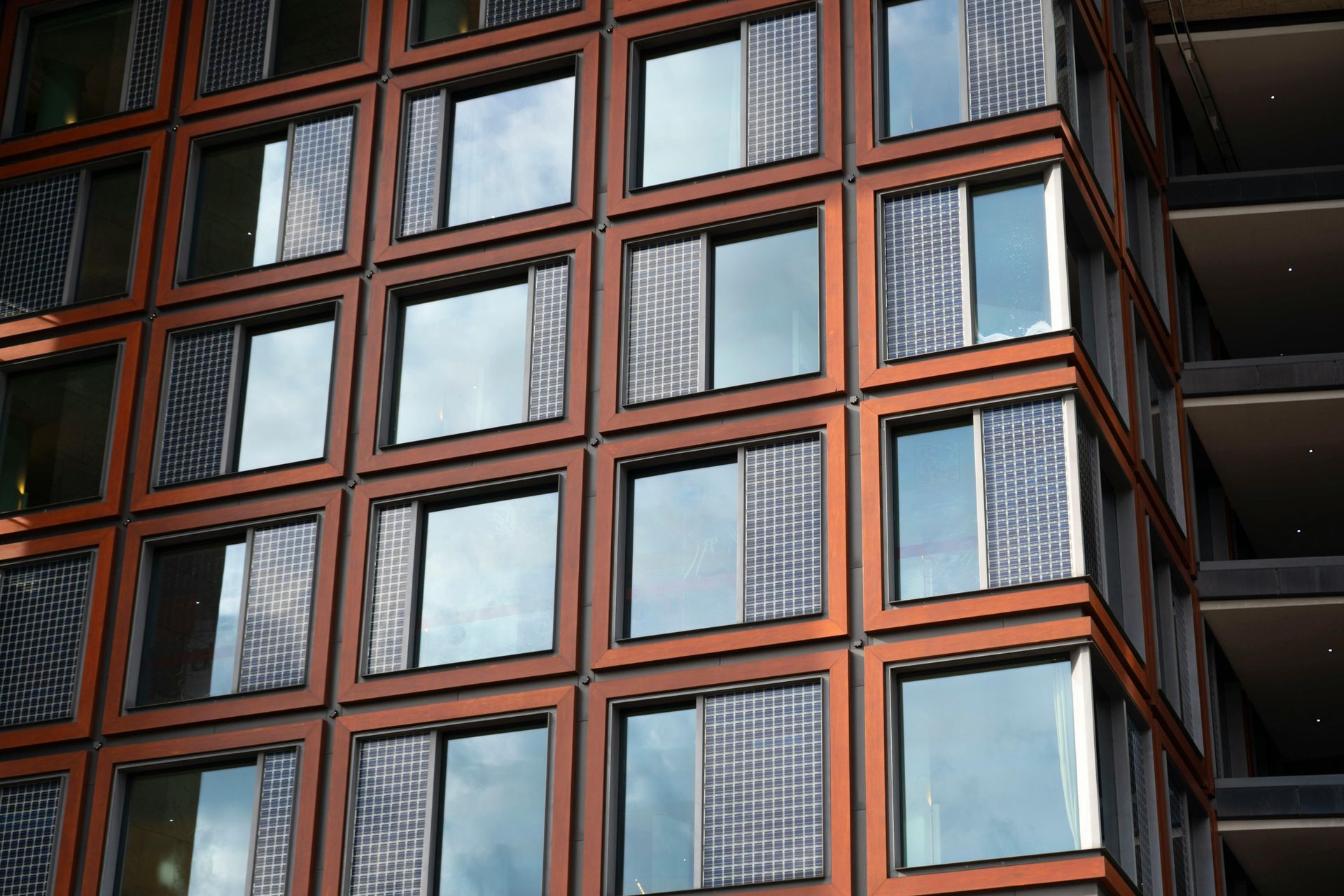
Levery S.r.l. Società Benefit
info@levery.it
Via Pisino 66, 47814
Bellaria Igea Marina (RN), Italy
P.IVA 04730050400
All Rights Reserved | Levery Srl Società Benefit


